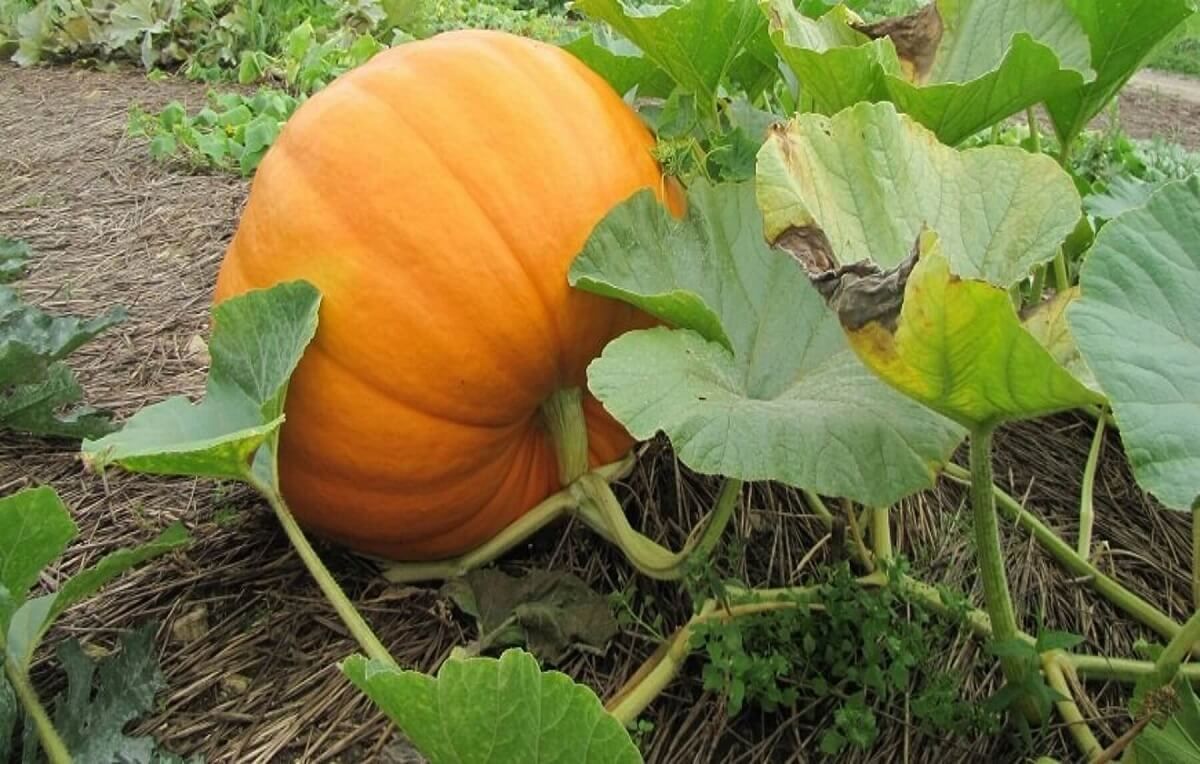Pumpkin
It is a fruit widely consumed in Brazil and of South American origin. There are many different ways to prepare and eat it. Pumpkin, one of the most versatile foods in the world, is the fruit of the pumpkin plant. Native to South America, it is cultivated all over the world because it is very nutritious and tasty.
How we produce our pumpkins
Discover our production model
Agricultural Planning
Input planning takes into account the expected production for each sowing season, aiming to obtain the best cost/benefit, and decisions about the hybrids that will be planted are made based on our research database and according to the biotechnologies identified as necessary for the production system.
Preparation, sowing and management
Good irrigation must be ensured throughout the crop cycle. The flowering and fruit set phases are especially sensitive to lack of water.
It can cause flower end rot and failure of the fruit to set.
Water deeply and then water when the soil becomes dry in the first 10 to 20 cm. Drip irrigation prevents alternating dryness/overwatering and also saves water.
Harvest
Harvesting also has its precepts, in addition to the courgettes that are eaten immature, all fruits must be harvested when clearly ripe, that is, 3 weeks after the mother plant begins to dry.
This procedure ensures better conservation of the pumpkins, as well as greater viability and vitality of the seeds.
Processing and storage
It starts with the classification process, then goes through cleaning and after that it is sent for transport.





